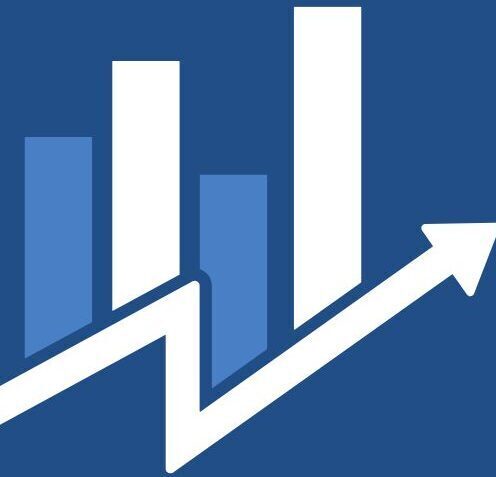javascript:location.reload(true) – Complete Guide for Developers (2025)
The JavaScript command javascript:location.reload(true) is commonly used by developers to reload a webpage forcefully. Although it was useful in earlier versions of JavaScript, this method has evolved. In this article, we will explain its purpose, usage, and SEO-friendly alternatives in 2025. Understanding location.reload() in JavaScript Before diving deep into the true parameter, let’s understand the … Read more










